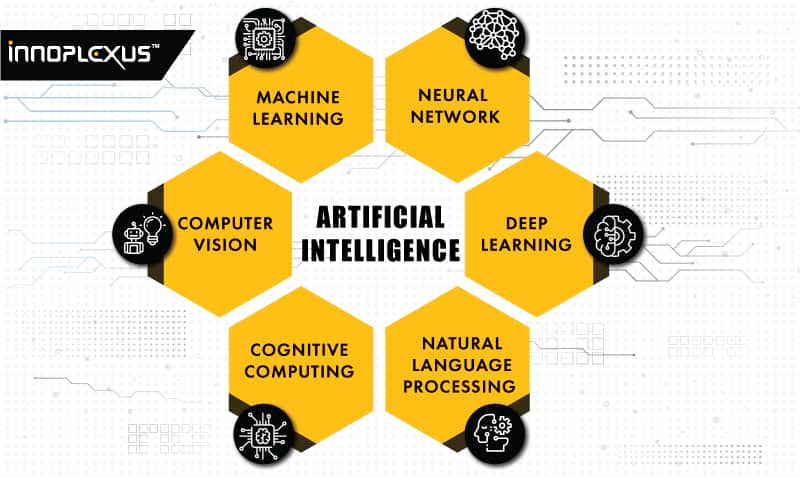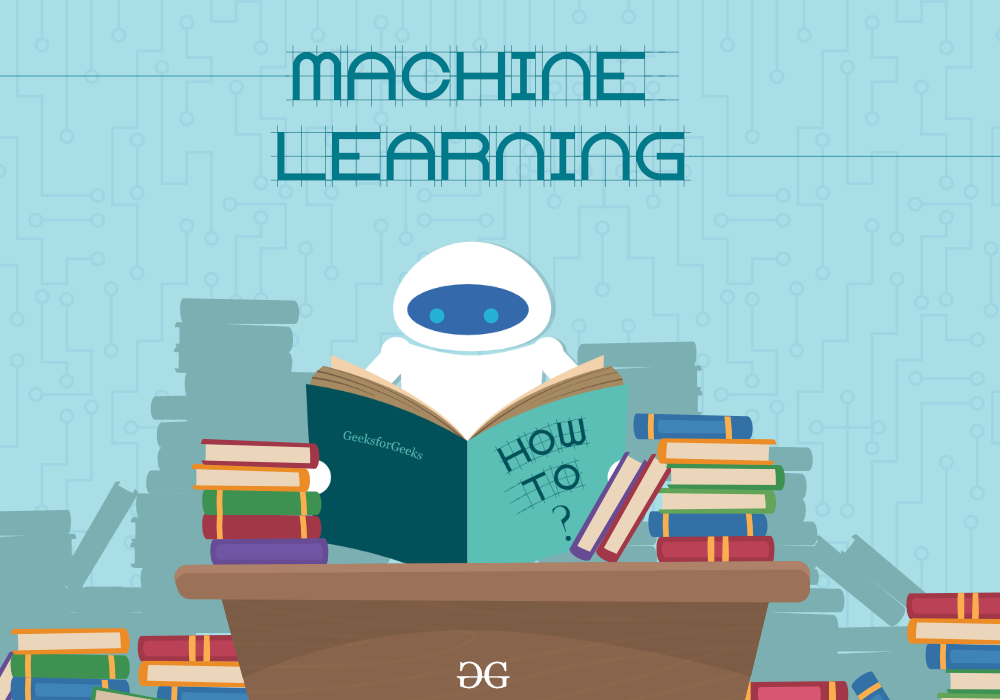 |
| CREDITS FOR IMAGE:INNOLCXUS |
Artificial Intelligence garners more frontpage headlines every day. artificial intelligence, or AI, is that the technology enabling machines to be told from experience and perform human-like tasks.
Ping-ponging between utopian and dystopian, opinions vary wildly regarding the present and future applications, or worse, implications, of artificial intelligence. Without the right moorings, our minds tend to drift into Hollywood-manufactured waters, teeming with robot revolutions, autonomous cars, and really little understanding of how AI actually works.
This is mostly thanks to the very fact that AI in itself is describing different technologies, which give machines the power to find out in an “intelligent” way.
In our coming series of blog posts, we hope to shed light on these technologies and clarify just what it's that creates AI , well, intelligent.
Ping-ponging between utopian and dystopian, opinions vary wildly regarding the present and future applications, or worse, implications, of artificial intelligence. Without the right moorings, our minds tend to drift into Hollywood-manufactured waters, teeming with robot revolutions, autonomous cars, and really little understanding of how AI actually works.
This is mostly thanks to the very fact that AI in itself is describing different technologies, which give machines the power to find out in an “intelligent” way.
In our coming series of blog posts, we hope to shed light on these technologies and clarify just what it's that creates AI , well, intelligent.
How is Artificial Intelligence applied?
Popular misconceptions tend to place AI on an island with robots and self-driving cars. However, this approach fails to acknowledge artificial intelligence’s major practical application; processing the vast amounts of data generated daily.
By strategically applying AI to certain processes, insight gathering and task automation occur at an otherwise unimaginable rate and scale.
Parsing through the mountains of data created by humans, AI systems perform intelligent searches, interpreting both text and pictures to discover patterns in complex data, and so act on those learnings.
What are the basic components of Artificial Intelligence?
Many of AI’s revolutionary technologies are common buzzwords, like “natural language processing,” “deep learning,” and “predictive analytics.” Cutting-edge technologies that enable computer systems to understand the meaning of human language, learn from experience, and make predictions, respectively.
Understanding AI jargon is the key to facilitating discussion about the real-world applications of this technology. The technologies are disruptive, revolutionizing the way humans interact with data and make decisions, and should be understood in basic terms by all of us.
Understanding AI jargon is the key to facilitating discussion about the real-world applications of this technology. The technologies are disruptive, revolutionizing the way humans interact with data and make decisions, and should be understood in basic terms by all of us.
Machine Learning | Learning from experience
Machine learning, or ML, is an application of AI that gives computer systems with the ability to automatically learn and improve from experience without being explicitly programmed. ML focuses on the event of algorithms which will analyze data and make predictions. Beyond getting used to predict what Netflix movies you would possibly like, or the best route for your Uber, machine learning is being applied to healthcare, pharma, and life sciences industries to assist disease diagnosis, medical image interpretation, and accelerate drug development.
Deep Learning | Self-educating machines
Deep learning may be a subset of machine learning that employs artificial neural networks that learn by processing data. Artificial neural networks mimic the biological neural networks within the human brain.
Multiple layers of artificial neural networks work together to work out one output from many inputs, for instance , identifying the image of a face from a mosaic of tiles. The machines learn through positive and negative reinforcement of the tasks they perform , which needs constant processing and reinforcement to progress.
Another sort of deep learning is speech recognition, which enables the voice assistant in phones to know questions like, “Hey Siri, How does AI work?”
Neural Network | Making associations
Neural networks enable deep learning. As mentioned, neural networks are computer systems modeled after neural connections within the human brain. the artificial equivalent of a person's neuron may be a perceptron. just like bundles of neurons create neural networks within the brain, stacks of perceptrons create artificial neural networks in computer systems.
Neural networks learn by processing training examples. the best examples are available the shape of large data sets, like, say, a group of 1,000 cat photos. By processing the various images (inputs) the machine is in a position to supply one output, answering the question, “Is the image a cat or not?”
This process analyzes data repeatedly to seek out associations and provides aiming to previously undefined data. Through different learning models, like positive reinforcement, the machine is taught it's successfully identified the thing .
Natural Language Processing (NLP) | Understanding the language
Natural Language Processing or NLP, allows computers to interpret, recognize, and produce human language and speech. the last word goal of NLP is to enable seamless interaction with the machines we use a day by teaching systems to know human language in context and produce logical responses.
Real-world samples of NLP include Skype Translator, which interprets the speech of multiple languages in real-time to facilitate communication.
Computer Vision | Understanding images
Computer vision may be a technique that implements deep learning and pattern identification to interpret the content of an image; including the graphs, tables, and pictures within PDF documents, also as, other text and video. Computer vision is an integral field of AI, enabling computers to spot , process and interpret visual data.
Applications of this technology have already begun to revolutionize industries like research & development and healthcare. Computer Vision is getting used to diagnose patients faster by using Computer Vision and machine learning to guage patients’ x-ray scans.
Additional Supporting technologies for Artificial Intelligence
- Processing Units or GPUs are a key enabler of AI, providing the huge computing power necessary to process many data and calculations quickly.
- The Internet of Things, or IoT, is that the cumulative network of devices that are connected to the web . The IoT is predicted to attach over 100 billion devices within the coming years.
- Intelligent processing is being optimized using advanced algorithms for faster multi-level analysis of knowledge . this is often the answer to predict rare events, comprehending systems and unique situations.
- With the mixing of Application Processing Interfaces or APIs, aspects of AI are often plugged into existing software, augmenting its normal function with AI.









0 Comments